An Introduction to German Sausages
Bratwurst, Knockwurst, Bockwurst….all part of the wurst family. They may all sound very similar but they are very different. You have your pork varieties, then your veal varieties, and then there are the veal and beef varieties, and so on. I don’t know about you, but I still have to ask my butcher which is which when I go to the market.
I thought it would be interesting to take a closer look at some of the more popular types of wurst and look at where they came from, how to cook them, what you can serve with them, and how to make them.
All About German Wurst
German wurst, or sausage, is a cornerstone of German cuisine and culture, boasting a rich history and remarkable variety. With over 1,500 different types, each region in Germany prides itself on its unique wurst creations, reflecting local traditions, ingredients, and culinary practices.
One of the most iconic varieties is the Bratwurst, a versatile sausage typically made from pork, beef, or veal. It’s seasoned with a blend of spices, including nutmeg, coriander, and ginger, and is often grilled or fried, then served in a bun with mustard. Each region offers its twist on Bratwurst; for instance, the Nürnberger Bratwurst is small and thin, while the Thüringer Bratwurst is larger and has a distinctive marjoram flavor.
Another popular type is the Weisswurst, or “white sausage,” originating from Bavaria. Made from minced veal and back bacon, it’s flavored with parsley, lemon, mace, onions, ginger, and cardamom. Weisswurst is traditionally eaten before noon, accompanied by pretzels, sweet mustard, and a refreshing wheat beer.
Currywurst, a beloved street food, exemplifies Germany’s ability to innovate with traditional foods. It consists of steamed, then fried pork sausage, sliced and smothered in a tangy curry ketchup sauce. This fast-food staple, especially popular in Berlin, reflects the influence of post-World War II British soldiers who introduced curry powder to Germany.
The Blutwurst, or blood sausage, is another notable variety, made from pork blood, meat, fat, and various fillers like barley. It’s often seasoned with pepper, allspice, thyme, and marjoram, and can be enjoyed cold or cooked.
The diversity of German wurst extends to other types like the smoked Bockwurst, the paprika-spiced Krakauer, and the finely ground Leberwurst (liver sausage). Each sausage type not only offers distinct flavors and textures but also tells a story of Germany’s regional identities and culinary evolution. Whether enjoyed at a local festival, a cozy beer garden, or a bustling street market, German wurst remains an enduring symbol of the nation’s gastronomic heritage.
Classifications
German wurst, or sausage, can be broadly classified into three general categories: fresh sausages, cooked sausages, and dry or cured sausages. Each classification encompasses a variety of specific types, reflecting diverse preparation methods and flavor profiles.
1. Fresh Sausages (Rohwurst)
Fresh sausages are made from raw meat and must be cooked before consumption. These sausages typically contain pork, beef, or veal, combined with spices and other ingredients. Popular examples include:
Bratwurst: Known for its variety, Bratwurst can differ significantly from one region to another. Commonly grilled or fried, Bratwurst is enjoyed hot and is often served with mustard and bread or in a bun.
Weisswurst: A Bavarian specialty, Weisswurst is made from minced veal and back bacon, flavored with parsley, lemon, and other spices. Traditionally, it’s boiled and eaten fresh, usually before noon.
2. Cooked Sausages (Brühwurst)
Cooked sausages are made from finely ground meat that is cooked before being consumed. These sausages are often seasoned and can be enjoyed hot or cold. Key examples include:
Bockwurst: Typically made from ground veal and pork, Bockwurst is flavored with salt, white pepper, and paprika. It’s usually boiled and served with mustard and bread.
Leberwurst: A type of liver sausage, Leberwurst can be smooth or coarse in texture. It is usually spreadable and enjoyed cold on bread.
3. Dry or Cured Sausages (Dauerwurst)
Dry or cured sausages are made from raw meat that is fermented and air-dried or smoked. These sausages have a longer shelf life and a distinctive, robust flavor. Notable examples include:
Salami: A well-known dry sausage, Salami is made from a mixture of pork and beef, seasoned with garlic, salt, and various spices. It’s fermented and air-dried, resulting in a firm texture and intense flavor.
Teewurst: Named for its traditional consumption at tea time, Teewurst is a spreadable sausage made from raw pork and bacon, lightly smoked and then air-cured.
These three classifications highlight the diversity and complexity of German wurst, showcasing the country’s rich culinary traditions and regional specialties.
Dan from Stoltzfus Meats showing me his wurst.
What Are They Made From?
Generally, and we have to be general here since there are over 1200 types of German wursts-wursts made from pork, fat, and spices. The grind can be fine, coarse, or fine with larger chunks of meat added in for texture. Some wursts contain beef or veal; some contain dairy products.
No matter what they are made from, wursts were developed as a way to minimize waste after butchering. Like so many famous national dishes, in wursts, German cooks found a way to take scraps and offal and put them together in an appetizing package. As well, many of the raw/cured sausages enabled meats to be kept for longer periods of time, so, like pickling, canning, and salting, sausage making is also a form of food preservation.
How To Make Homemade Bratwurst
Great video on how to make great bratwurst at home.
Cooking Your Wurst
German wurst can be cooked in numerous ways, each method bringing out different flavors and textures. Here are some popular cooking methods for German wurst:
- Grilling (Grillen): Grilling is one of the most common methods for cooking German wurst, especially for fresh sausages like Bratwurst. Sausages are grilled over an open flame or on a barbecue until they are browned and cooked through, imparting a smoky flavor.
- Frying (Braten): Frying is another popular way to cook wurst, particularly for smaller sausages like Nürnberger Bratwurst. Sausages are pan-fried in oil or butter until they are golden brown and cooked through.
- Boiling (Kochen): Boiling is commonly used for sausages that are precooked or require gentler cooking, such as Weisswurst. Sausages are submerged in simmering water or broth and cook until heated through, usually without browning the exterior.
- Steaming (Dämpfen): Steaming is a gentle cooking method that helps retain moisture and flavor. Weisswurst and other delicate sausages are often steamed until they are heated through, then served with traditional accompaniments.
- Baking (Backen): Baking is a versatile method that can be used for both fresh and precooked sausages. Sausages are placed in a baking dish or on a baking sheet and cooked in the oven until they are browned and cooked through.
- Microwaving (Mikrowelle): While less common than other methods, microwaving is a quick and convenient way to cook wurst, especially for precooked sausages. Sausages are placed on a microwave-safe dish and heated according to the manufacturer’s instructions.
- Smoking (Räuchern): Smoking is used primarily for dry or cured sausages like Salami. Sausages are exposed to smoke from burning wood chips or sawdust, which imparts a distinctive smoky flavor while also preserving the meat.
These cooking methods offer a range of options for preparing German wurst, allowing for versatility in flavor and texture depending on personal preferences and regional traditions.
Bratwurst with Sauerkraut & Mustard Recipe
Check out my simple but delicious recipe for Bratwurst with Sauerkraut and homemade mustard.
What to Serve Them With
Wursts are traditionally served with a variety of mustards, bread, and sauerkraut. I think this might be the crux of the ketchup-no ketchup debate on hot dogs here in the US. A hot dog is a type of wurst, most likely derived from frankfurters, and as such, ketchup should never touch them.
This is what the purists say, anyway. Eat yours how you like them.If you are wondering how best to serve your wursts, you really can’t go wrong with a nice hard roll or pretzel roll, some spicy mustard, and some sauerkraut. For a lower-carb option, you could also serve your wurst on a bed of sauerkraut.
Types of German Sausages
A few of my favorite wursts…..

As mentioned earlier, there are over 1200 kinds of wursts. Many are regional specialties in Germany. There are a few, though, that are familiar to the US palate. Here are some well-known wursts.
Knockwurst/knackwurst: Knockwurst are short, thick wursts made of beef and pork that are highly seasoned with garlic. They have a thick casing and were originally designed to be eaten out of hand. Knockwurst roughly translates to “cracking sausage,” and the thick casing does indeed crack when you bite into it.
Bratwurst: There are many forms of bratwurst available throughout Germany and the world. They range in color from light to dark and can be either large or small. It is difficult to pin down a good definition of bratwurst, so we really must speak in generalities. Bratwurst is made of finely chopped pork that has been highly spiced with nutmeg, coriander, cardamom, celery seeds, ginger, or any number of other regional variations. Bratwurst roughly translates to “finely chopped sausage,” and its texture is fairly smooth because of the fineness of the meat.
Liverwurst: a highly seasoned, spreadable cooked sausage made from pork and at least 30% liver. Liverwurst is great on a sandwich-thick slab of liverwurst on pumpernickel with onions-it doesn’t get much better than that.
Bockwurst: a smoked wurst most often made of veal and flavored with white pepper and paprika. These are usually cooked by poaching, although they can also be grilled. They go particularly well with German-style bocks, hence the name.
Frankfurter: the wurst more commonly known to Americans as the hot dog. As with many things wurst, there is a lot of debate about the name of the wurst in the original hot dog. The Frankfurter, strictly speaking, can only be called a Frankfurter if it was made in Frankfurt, Germany. Frankfurters are lightly spiced mixtures of very finely ground beef and/or pork. They are generally sold fully cooked and just need to be heated to serve.
Weisswurst: A delicate, white wurst made of veal and pork with heavy cream, white pepper, ginger, and lemon. This is the traditional Oktoberfest wurst and is very tasty and served with beer.

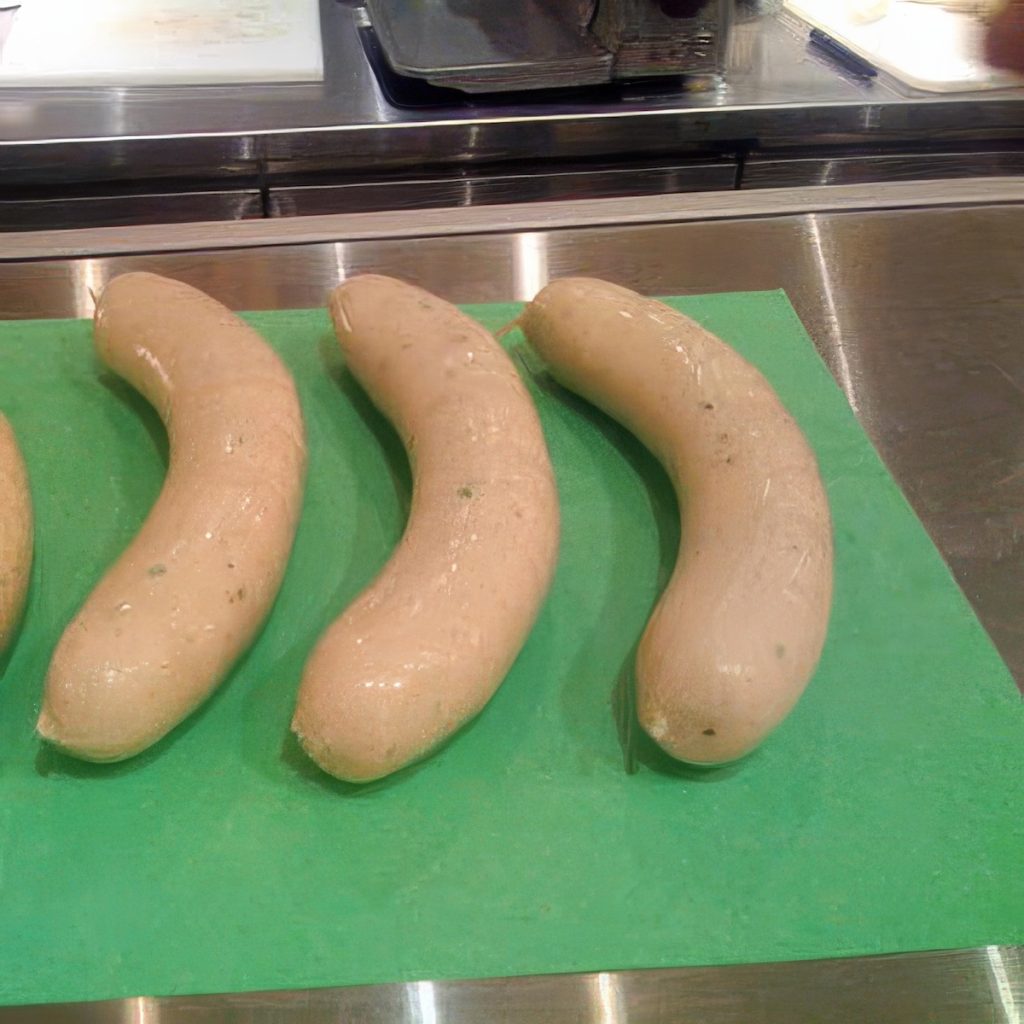




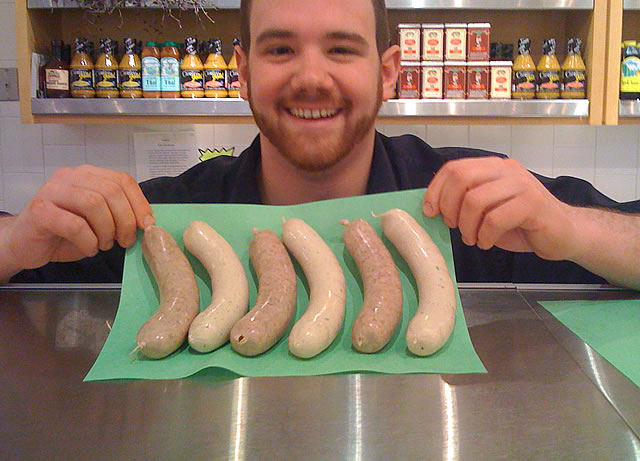
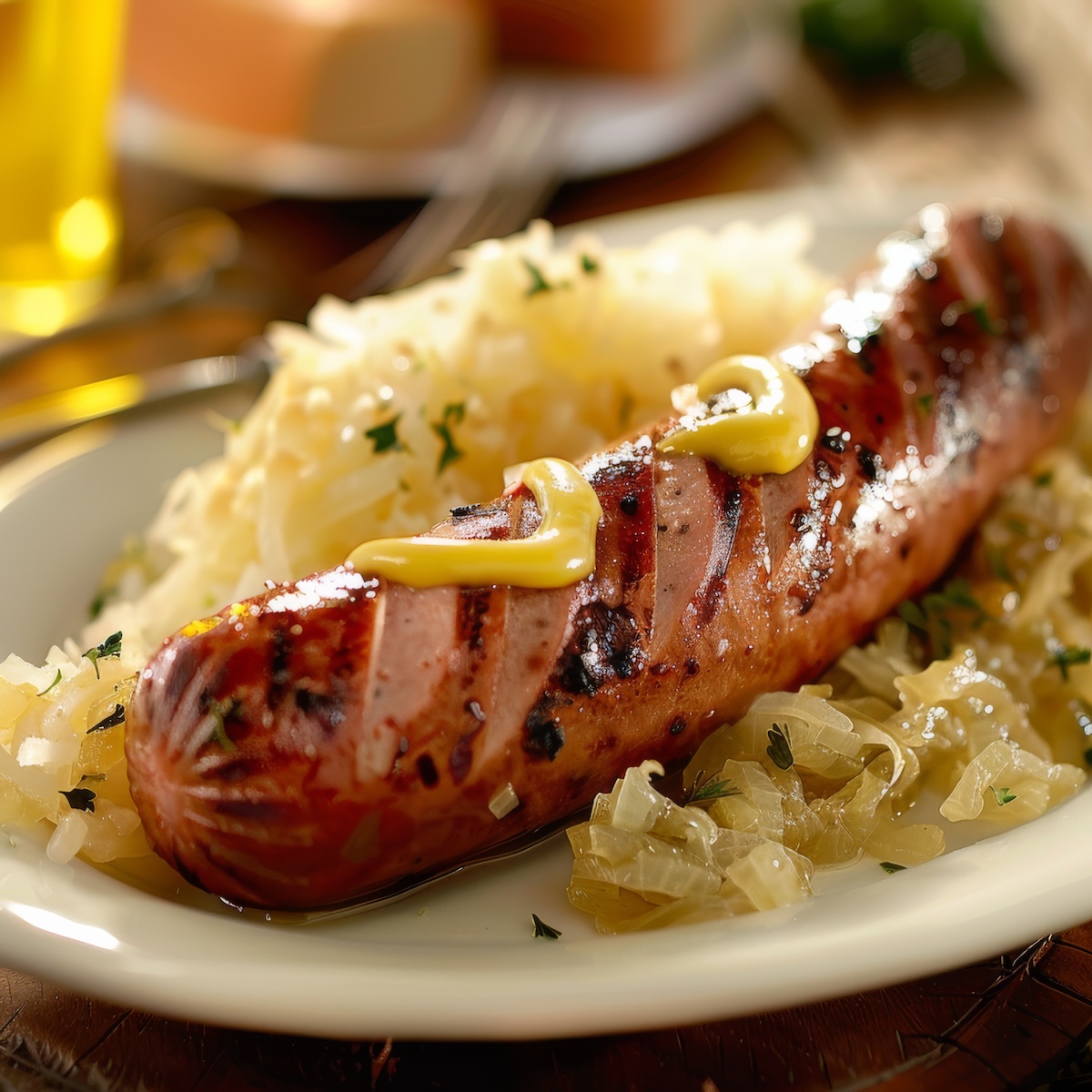
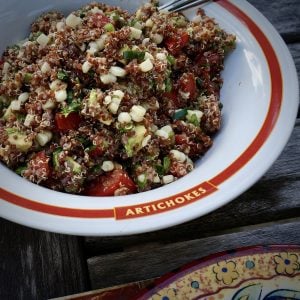

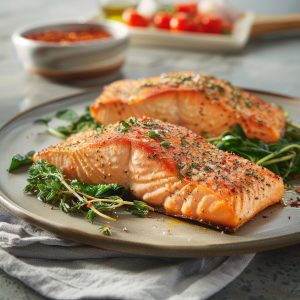
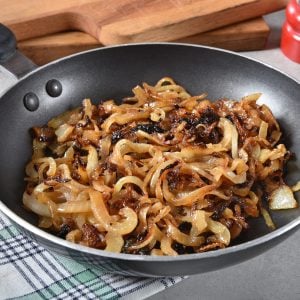
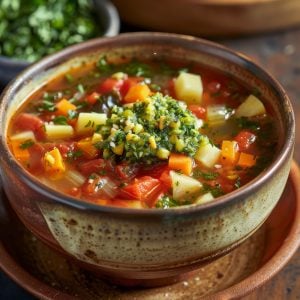
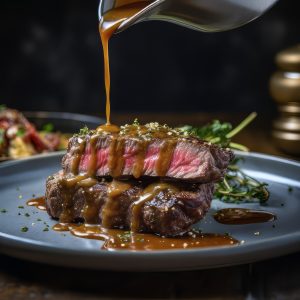
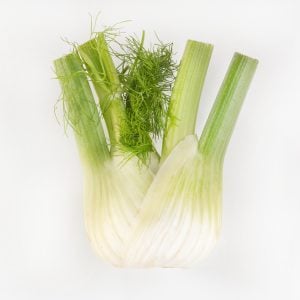
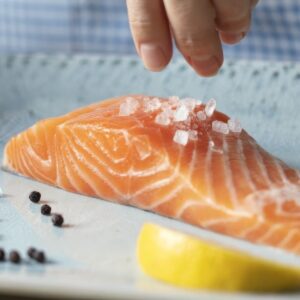


7 Responses
The best wurst I have eaten is Usinger’s, Milwaukee, WI. Available on-line.
One of my favourite reasons for visiting Germany is to eat the local sausages! Thanks for the article.
You are welcome arrandenham. I am impressed with how much sausage you guys are producing. I’ll have to give it a try soon. – RG
I remember back in the late 50’s early 60’s my grandfather and uncles would get together on a weekend, go down to the butcher and get big pieces of pork butt, lots of garlic, paprika, salt, pepper and forget the rest and I would help make what they called wurstie. My family all came from Romania. I wish I had there recipe. They even hung some in the cold seller to cure. It was great stuff!!!!
Sounds like good times Nicholas.
I’m trying to find out if there is a difference between Brockwurst and Bockwurst-?
Bratwurst and Bockwurst are both German sausages, but they differ in ingredients, preparation, and taste.
Bratwurst is made primarily from pork, sometimes mixed with beef or veal. It has a coarse texture, is seasoned with nutmeg, coriander, or caraway, and is typically grilled or pan-fried.
Bockwurst is made mainly from veal and pork, with a finer texture and a milder, slightly garlicky flavor. It is traditionally boiled or steamed rather than grilled.
While bratwurst is more common in general German cuisine, bockwurst is often enjoyed with Bock beer, especially in Bavaria.